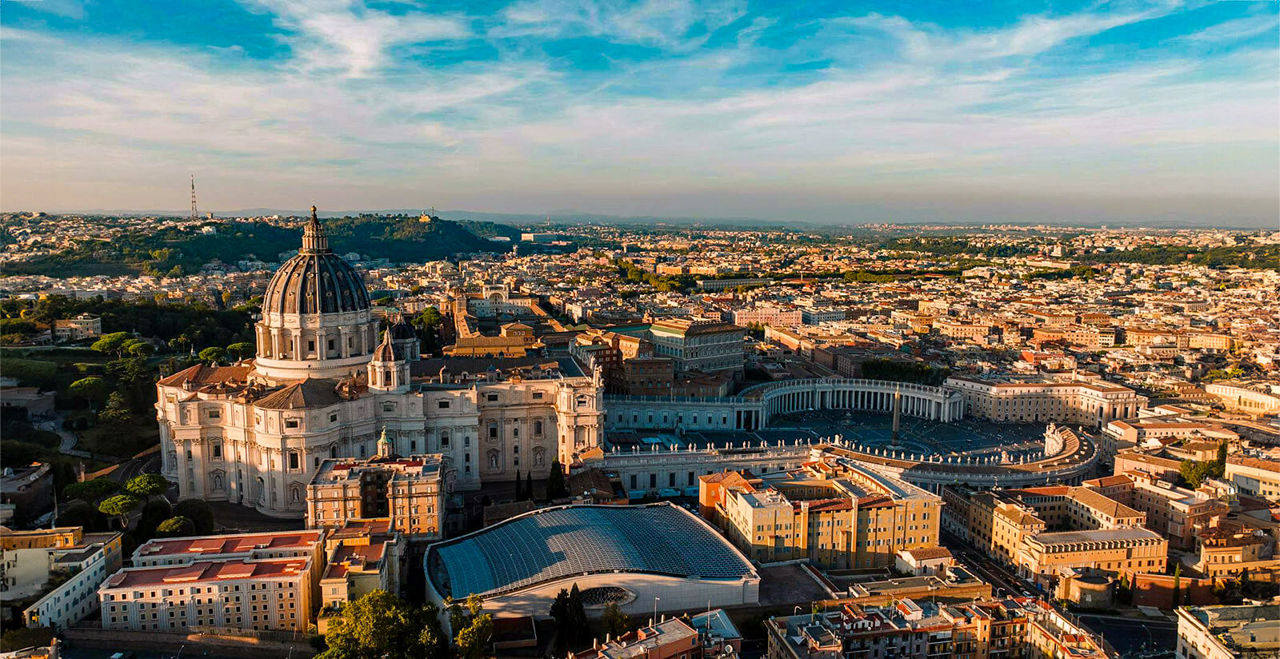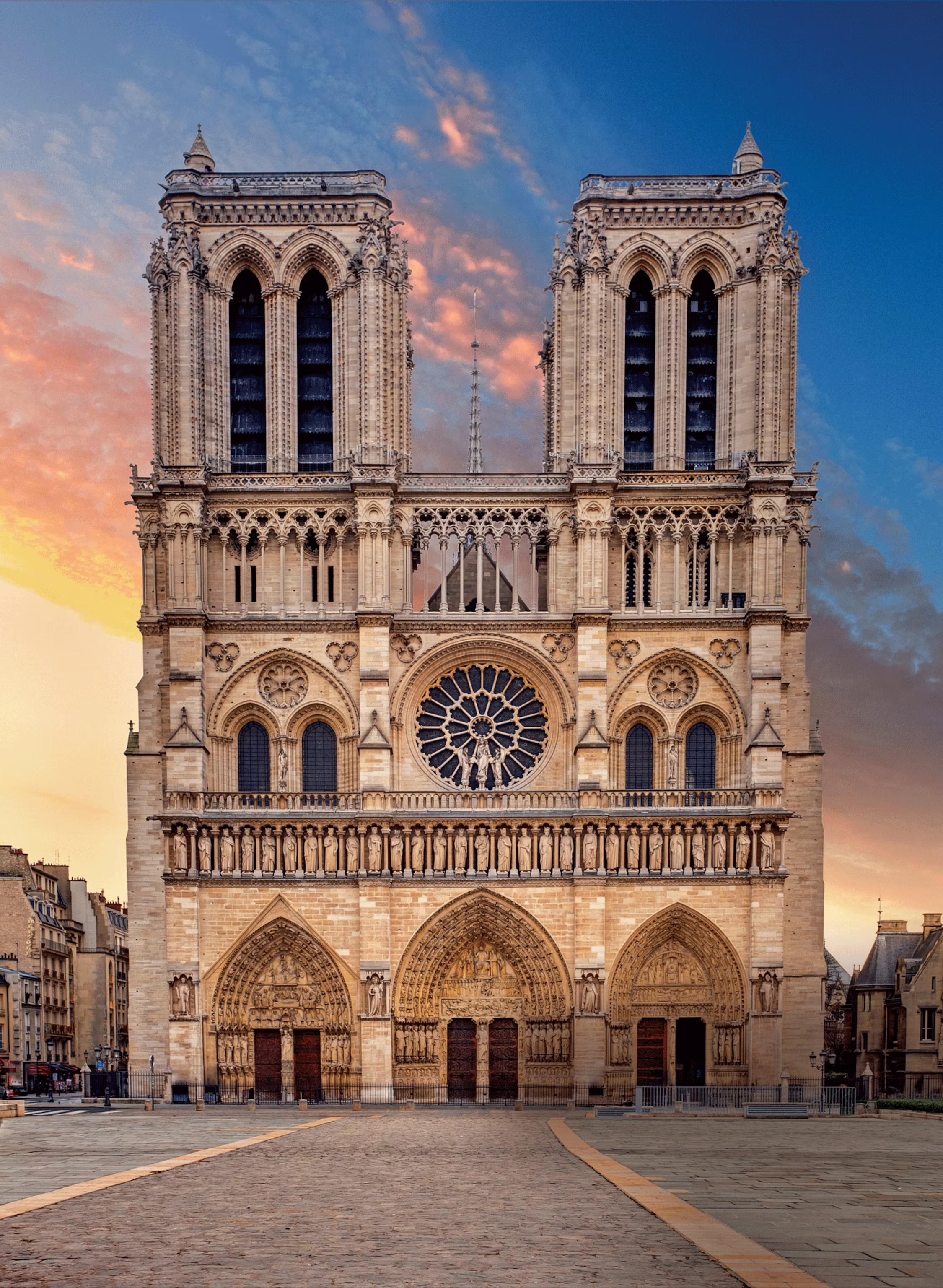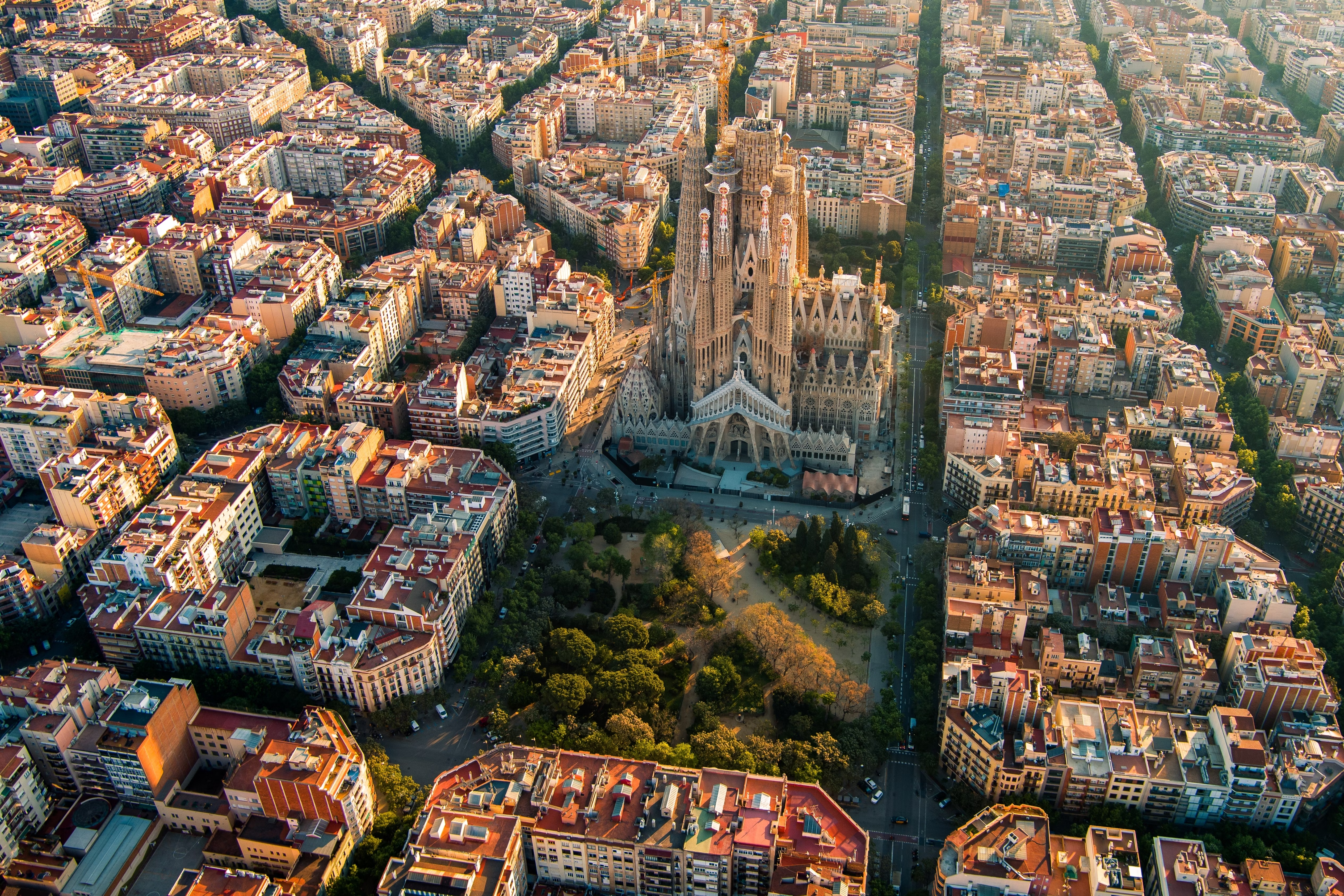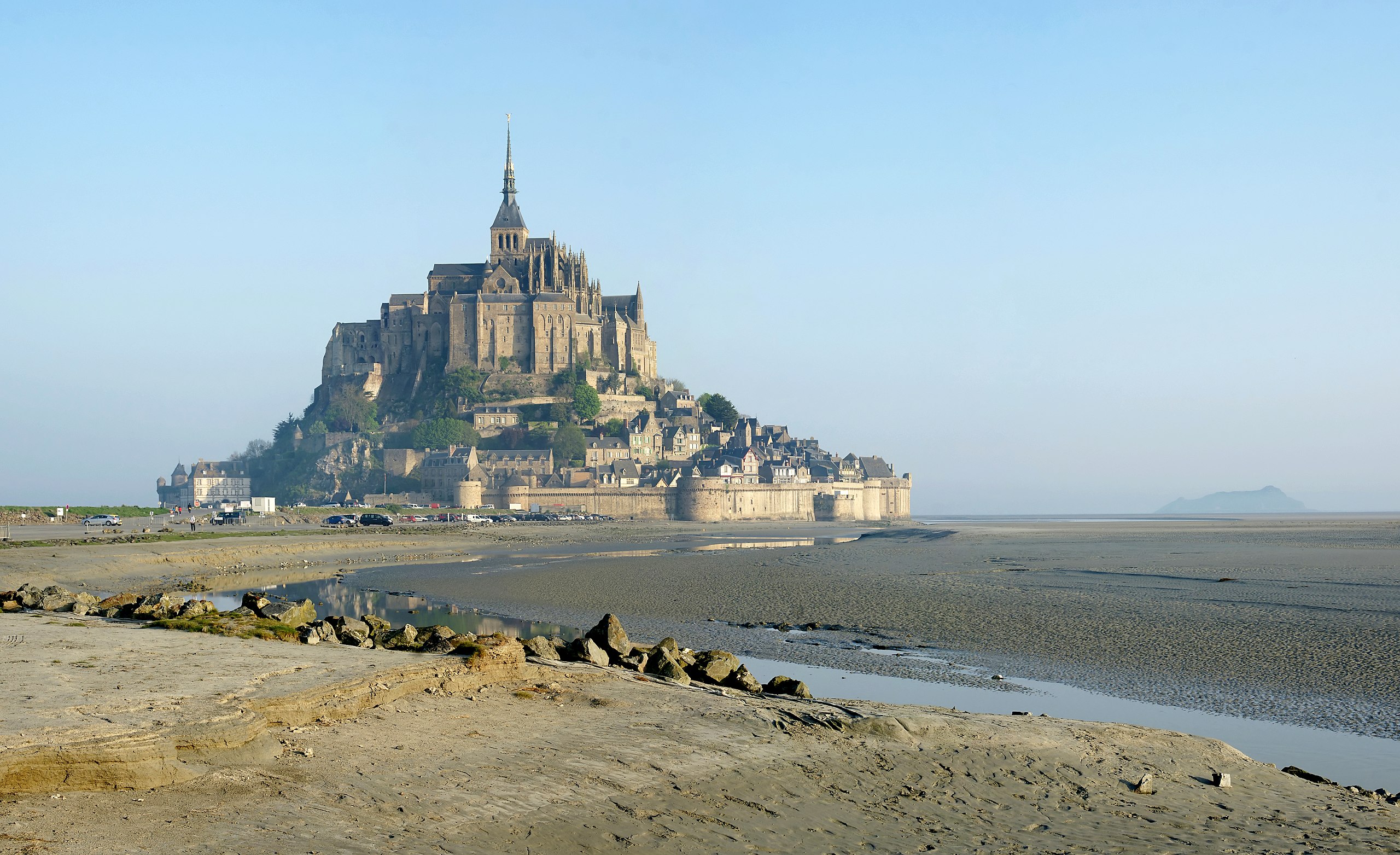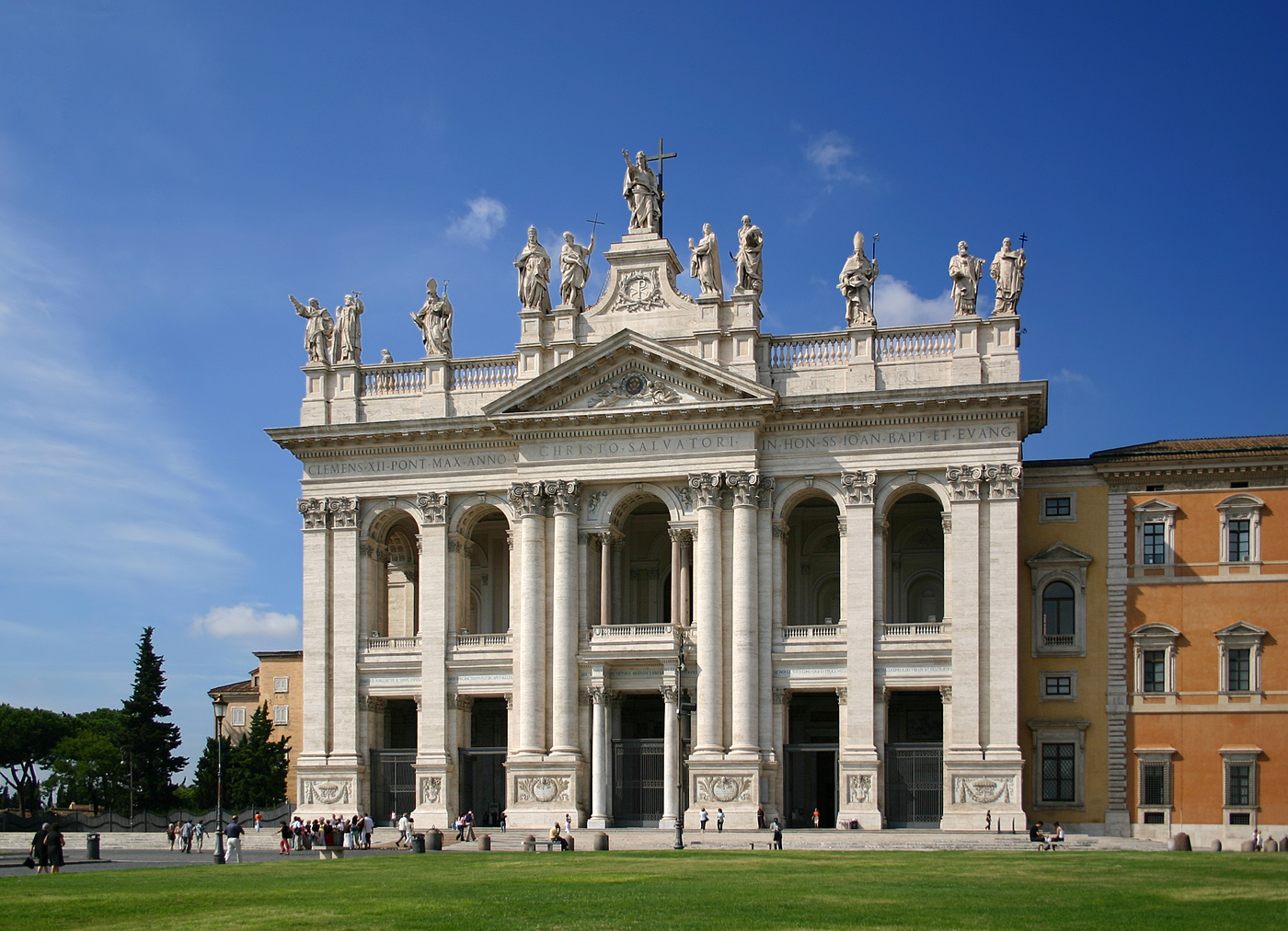
Archbasilica of St. John Lateran
The oldest and highest ranking of the four papal major basilicas, serving as the official ecclesiastical seat of the Pope as Bishop of Rome. Despite numerous reconstructions, it maintains its status as the 'mother church' of all churches in Rome and throughout the world.
Historical Context
Archbasilica of St. John Lateran was constructed during the baroque period, specifically between 4th century (rebuilt 1650-1723). This era was characterized by significant developments in architectural techniques and religious expression.
The construction was commissioned by the Pope and Church authorities and took place during a time of the Counter-Reformation and Catholic Church's response to Protestantism. The building has survived through centuries of history, witnessing the Renaissance, political unification of Italy, and World Wars.
Over the centuries, Archbasilica of St. John Lateran has undergone several renovations and restorations, each adding to its historical significance while preserving its original character and purpose.
